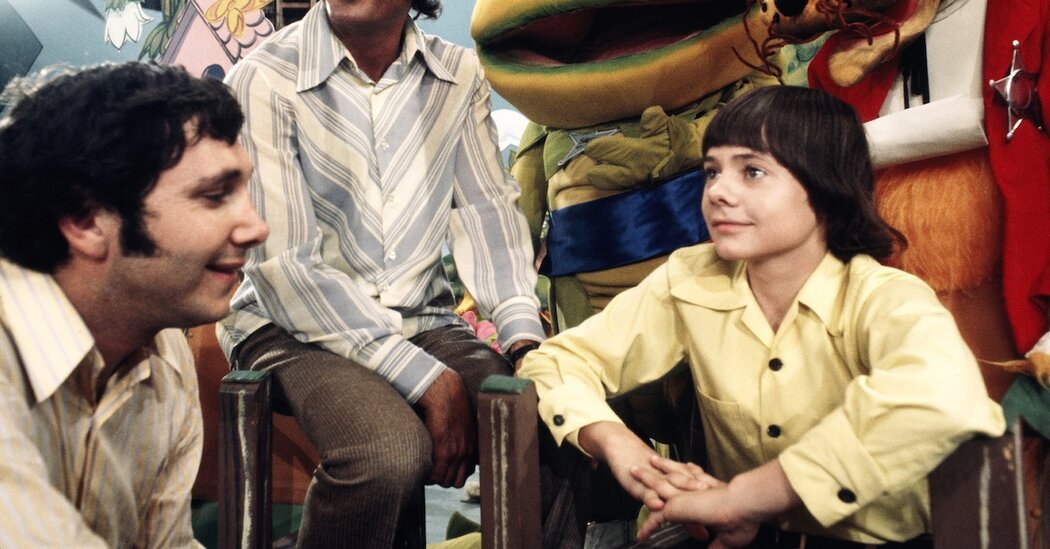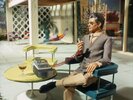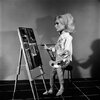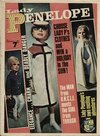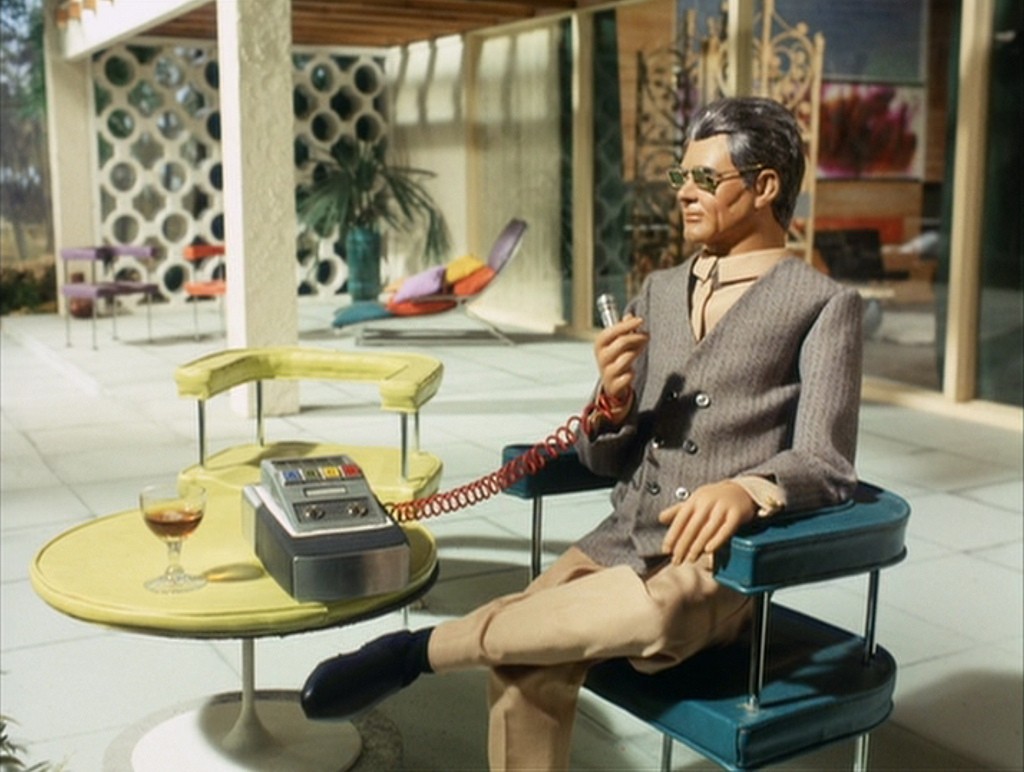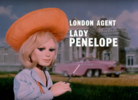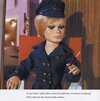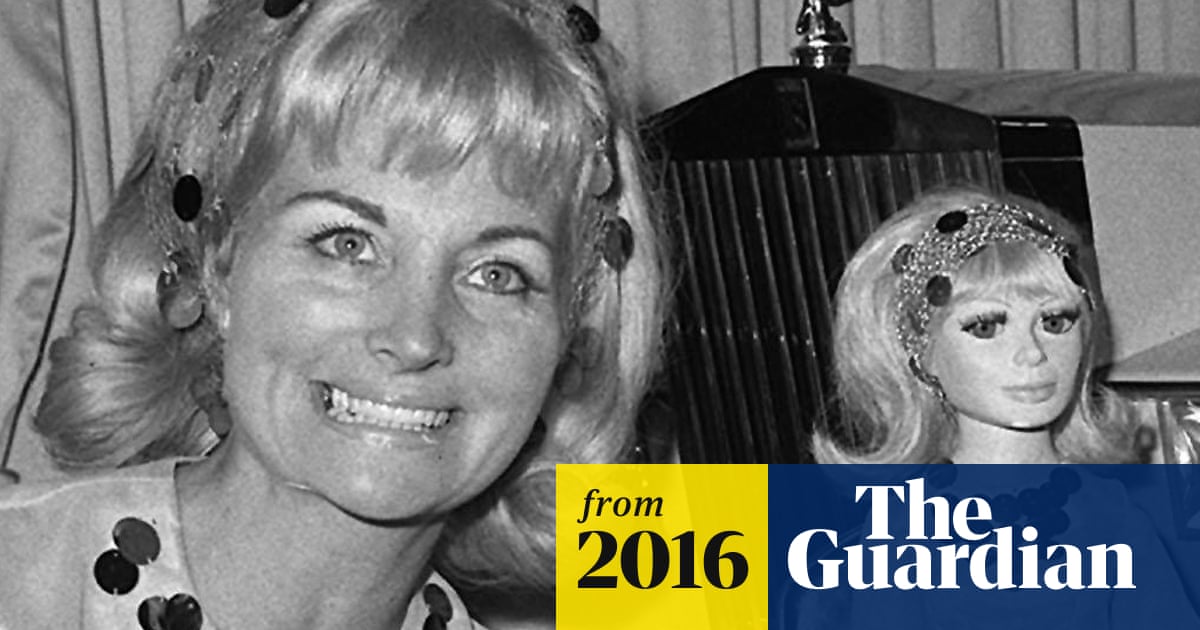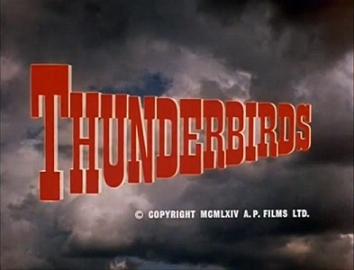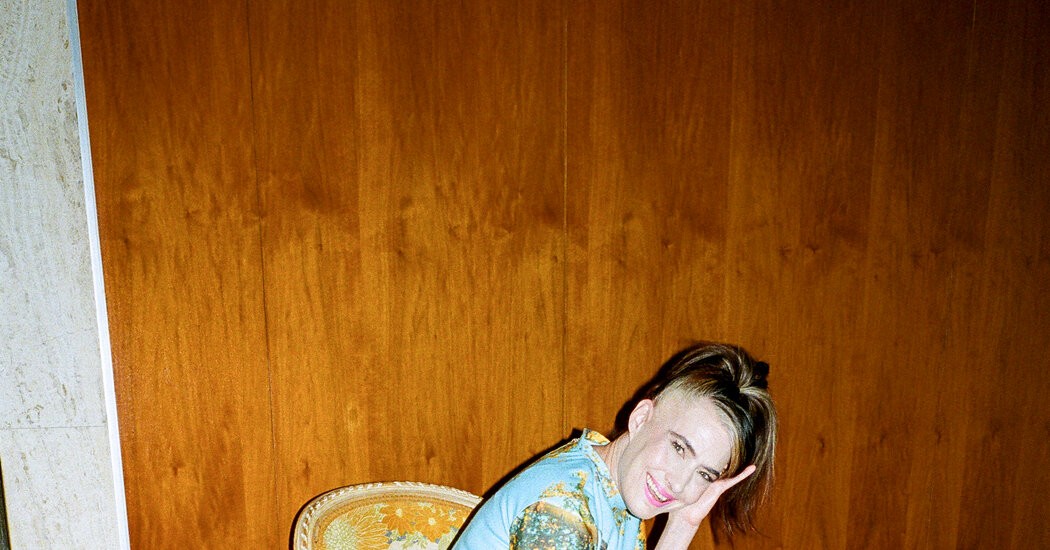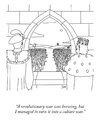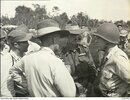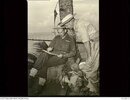You so forgot the moon landing in there.Imagine coming back from serving in Vietnam and seeing this on your TV. Martin Luther King Jnr and Robert Kennedy were assassinated the previous year, the country was tearing itself apart and then there was Woodstock . What was the TV show actually about? Strange Days.
View attachment 1968576
I went down the wiki rabbit warren on Hanna Barberra & then the Banana Splits and Bingo who gets a mention:
The Banana Splits' bubblegum pop rock and roll was provided by studio professionals, including Joey Levine ("I Enjoy Being a Boy", "It's a Good Day for a Parade"); Al Kooper ("You're the Lovin' End"); Barry White ("Doin' the Banana Split"); Gene Pitney ("Two Ton Tessie") and Jimmy Radcliffe, who provided his songs ("I'm Gonna Find a Cave", "Soul", "Don't Go Away Go-Go Girl", "Adam Had 'Em" and "The Show Must Go On") but did not contribute vocals to Splits recordings.
The music director was music publisher Aaron Schroeder; production duties were mainly handled by David Mook. When a heavier R&B vocal was needed, the music producers usually turned to singer Ricky Lancelotti, who was credited under his stage name Rick Lancelot. He went on to record several songs with Frank Zappa.[10] In 1968, The Banana Splits released an album on Decca Records titled We're the Banana Splits.




